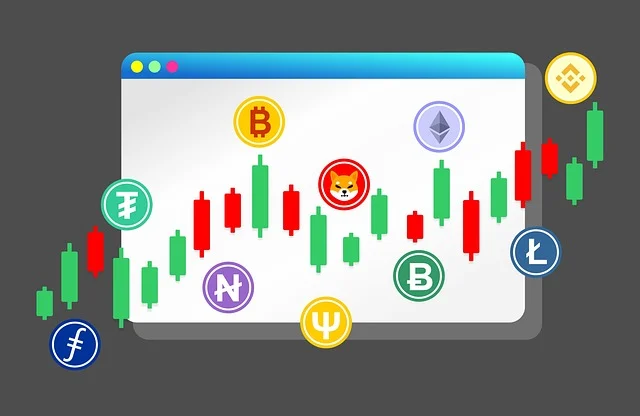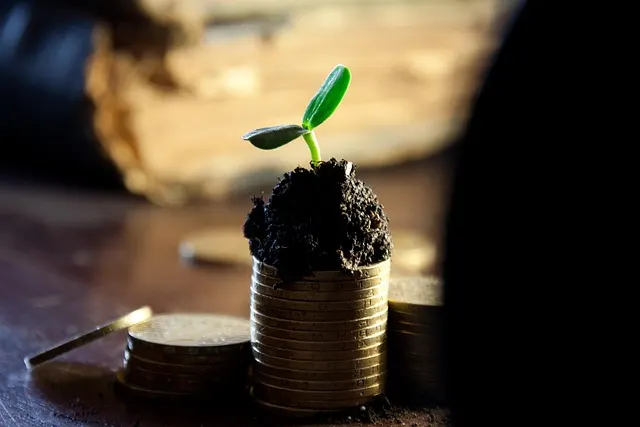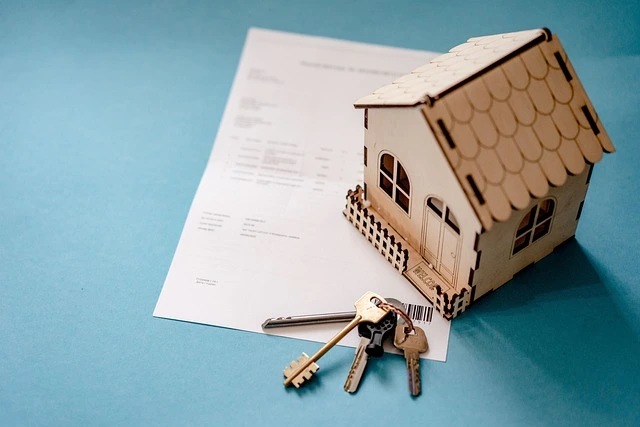Table of Contents
- Introduction: The Power of Dividends
- The Snowball Analogy
- Common Mistakes Dividend Investors Make
- Meet Harry: The Investor Profile
- Why SCHD and DGRO?
- Performance Snapshot
- The Core Strategy: 50/50 Split
- The Snowball in Motion: Long-Term Projections
- Supercharging the Strategy: Regular Contributions
- Risk Factors You Need to Know
- Final Thoughts: What You Should Do Next
Introduction: The Power of Dividends
What if I told you there's a way to transform a simple $10,000 investment into a machine that could pay you thousands of dollars in monthly income during retirement?
This isn’t a get-rich-quick scheme. It’s not about chasing hype stocks or risky plays. This is a methodical, proven strategy that leverages two of the most powerful dividend ETFs on the market: SCHD (Schwab U.S. Dividend Equity ETF) and DGRO (iShares Core Dividend Growth ETF). Together, they form what I call the dividend snowball—a compounding engine that starts slow, but becomes unstoppable over time.
Let me walk you through how this works—and how someone like Harry, a 35-year-old software engineer, could turn a $10,000 starting investment into a portfolio worth over $500,000, generating $20,000+ in annual dividends. You’ll see why this strategy is so powerful, and how to implement it yourself.
The Snowball Analogy
Picture a small snowball rolling down a hill. With every turn, it picks up more snow. It grows. It accelerates. It becomes a force of nature.
That’s exactly how dividend investing works.
Start with a modest investment. Collect dividends. Reinvest them. Buy more shares. Those new shares generate even more dividends. Rinse and repeat. Over time, this process creates exponential growth.
Common Mistakes Dividend Investors Make
Before diving in, let’s get one thing straight: most investors mess this up. Here’s how:
- Chasing High Yields. That 9% yield might look sexy, but if the company can’t sustain it, you’re looking at dividend cuts—and stock price drops.
- Not Reinvesting Dividends. The real magic is in compounding. If you’re cashing out dividends early, you’re killing long-term growth.
- Lack of Strategy. Too many portfolios focus on either yield or growth—rarely both. You need balance. You need a plan.
Meet Harry: The Investor Profile
Harry is 35. He wants to retire early—or at least comfortably. He has $10,000 to start but feels overwhelmed. Should he go for high yield or steady growth? Individual stocks or ETFs?
Let’s answer that with a strategy that balances both.
Why SCHD and DGRO?
Let’s break down what makes these ETFs so powerful—alone and together.
SCHD – Schwab U.S. Dividend Equity ETF
- Dividend Yield: 4.28%
- Expense Ratio: 0.06%
- Assets Under Management: $63.89B
- Focus: Quality companies with 10+ years of consistent dividends
- Top Holdings: Verizon, Coca-Cola, Altria, ConocoPhillips, Lockheed Martin
Sector Allocation:
- Financials: 8.31%
- Health Tech: 15.71%
- Consumer Non-Durables: 17.59%
- Energy Minerals: 14.25%
- Electronic Tech: 11.75%
Why SCHD? It screens for financial strength, dividend consistency, and quality metrics like Return on Equity—not just high yield.
DGRO – iShares Core Dividend Growth ETF
- Dividend Yield: 2.51%
- Expense Ratio: 0.08%
- Assets Under Management: $27.55B
- Focus: Companies with 5+ years of dividend growth
- Top Holdings: Microsoft, JPMorgan Chase, Apple, Johnson & Johnson, AbbVie
Sector Allocation:
- Financials: 19.87%
- Health Tech: 13.62%
- Electronic Tech: 12.84%
- Tech Services: 7.56%
- Consumer Non-Durables: 9.73%
Why DGRO? It complements SCHD with more growth exposure—especially in tech—while still focusing on sustainable, growing dividends.
Performance Snapshot
While past performance doesn’t guarantee future results, here’s what history tells us:
SCHD
- 5-Year Annualized Return: ~8.37%
- All-Time Return: ~190.75%
- Year-to-Date (2025): -11.80%
DGRO
- 5-Year Annualized Return: ~56.42%
- All-Time Return: ~123.35%
- Year-to-Date (2025): +10.14%
Both ETFs have held up well in volatile markets, while consistently increasing dividend payouts. Together, they offer a blend of growth and income few other strategies can match.
The Core Strategy: 50/50 Split
Let’s build Harry’s plan.
- Invest $5,000 in SCHD and $5,000 in DGRO
- Turn on automatic dividend reinvestment
- Add new funds regularly (monthly or quarterly)
- Rebalance once a year to keep the 50/50 ratio
- Hold for decades. Let time do the work
Initial blended yield: ~3.40%
That means Harry earns around $340 in year-one dividends.
Not impressive? Wait.
The Snowball in Motion: Long-Term Projections
Assumptions:
- Dividend Growth Rate: 11.5% annually
- Price Appreciation: 9% annually
- Dividends Reinvested
- No further contributions (for now)
After 10 Years
- Portfolio Value: ~$38,500
- Annual Dividends: ~$1,830
- Monthly Income: ~$152
After 20 Years
- Portfolio Value: ~$157,000
- Annual Dividends: ~$13,600
- Monthly Income: ~$1,133
After 30 Years
- Portfolio Value: ~$593,000
- Annual Dividends: ~$87,500
- Monthly Income: ~$7,291
From $340 to over $7,000 a month—without lifting a finger after the initial investment.
Supercharging the Strategy: Regular Contributions
Now let’s assume Harry adds just $500/month to his portfolio.
After 10 Years
- Total Invested: $70,000
- Portfolio Value: ~$126,000
- Annual Dividends: ~$6,000
- Monthly Income: ~$500
After 20 Years
- Total Invested: $130,000
- Portfolio Value: ~$465,000
- Annual Dividends: ~$40,200
- Monthly Income: ~$3,350
After 30 Years
- Total Invested: $190,000
- Portfolio Value: ~$1.33M
- Annual Dividends: ~$195,000
- Monthly Income: ~$16,250
- That’s more than most people make in a full-time job—coming in passively.
Risk Factors You Need to Know
No strategy is risk-free. Here’s what to watch out for:
- Market Volatility – These ETFs are safer than individual stocks, but not immune to downturns.
- Interest Rates – Rising rates can make dividend stocks less attractive.
- Sector Risk – Overexposure to certain sectors could drag returns.
- Dividend Cuts – Even strong companies sometimes cut dividends.
- Taxes – Dividends are taxable outside retirement accounts. Use IRAs when possible.
Final Thoughts: What You Should Do Next
This strategy works—but only if you stick with it. Here's your roadmap:
- Start early.
- Reinvest dividends automatically.
- Don’t panic during downturns.
- Add money consistently.
- Stay invested for decades.
If you do that, you’ll build real wealth—and more importantly, lasting passive income.
Your future self will thank you.
Good Reads

Learn how staking works, how you can profit, what are the risks, and what to avoid.

Top 5 passive income streams that can make your money work for you

If you've ever felt like personal finance is overwhelming, you're not alone

If you’ve got $10,000 and you’re ready to invest, let’s talk

I went from growing up broke to having seven figures in my 20s

If you’ve ever tried to get your savings in order, chances are you’ve failed more than once

What if I told you that with just 10 ETH today, you could build a passive income stream of over $1,800 per month—in just 10 years?

Dividend investing isn’t about being flashy or trendy

How to build a high-quality dividend stock portfolio from scratch

Learn how to invest in REITs effectively, avoid common mistakes, and build a diversified real estate portfolio with long-term passive income potential.
